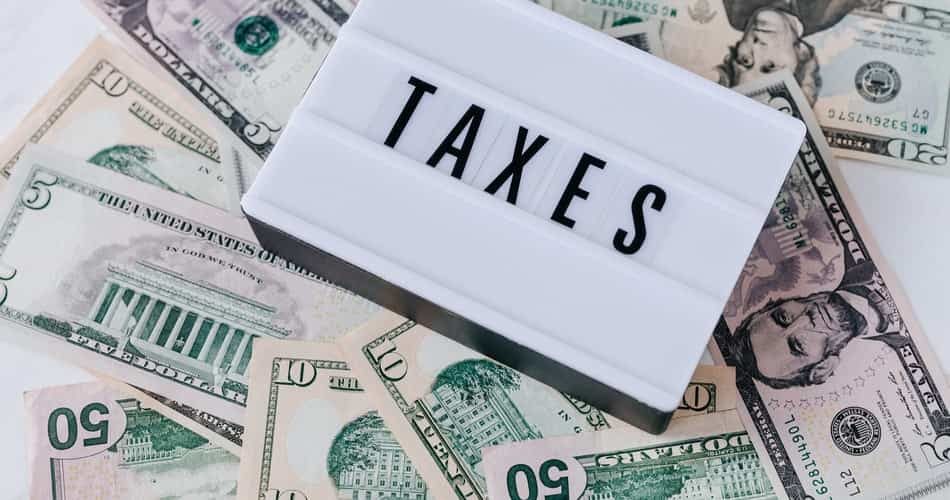What Is OASDI Tax?
OASDI stands for Old Age, Survivors, and Disability Insurance. The OASDI tax funds the social security program. Employers collect this money through employees’ paychecks which directly go to the federal government. The federal government then uses it to develop and fund social security programs.
Is OASDI Tax Mandatory?
The federal government mandates OASDI tax for almost everyone who earns an income. Also known as the Social Security tax, OASDI is mandatory for members of Congress, employees, self-employed INDIVIDUALS, and employers unless they are exempt.
Who Is Exempt From OASDI Tax?
- Members of the executive and judicial branches in the federal government who were employed before 1984 were given the choice of either switching to the social security program or remaining with the old system known as the Civil Service Retirement System. Those who stayed with the latter do not have any legal obligation to pay the OASDI.
- Others who are exempt from paying OASDI are certain members of religious programs who are against the idea of receiving social security benefits.
- Non-residents, qualified students who work in the college they attend, and employees who work for foreign governments.
What Does OASDI Tax Cover?
Old-Age Support
When qualified contributors reach retirement age, they receive social security benefits. This means that they will receive monthly benefits as a replacement for their income in retirement.
Survivor Benefits
Survivors are referred to as relatives of the deceased. The survivor benefits depend upon the earnings of the deceased. The more they contributed as OASDI tax, the higher the benefits of the survivors. The relatives of the deceased are going to get a percentage of the deceased’s social security benefit on a monthly basis.
Disability Benefits
Qualifying contributors and their family members receive disability benefits under the Social Security Disability Insurance (SSDI). They are eligible to receive it after waiting for five months.
Benefits will end if the beneficiary becomes better and returns to work. Benefits to the family members of the disabled worker are payable under conditions similar to those of retired workers.

Death Payment
A surviving child or spouse may also qualify to receive a lump-sum payment of $225 if specific requirements are met. Surviving children of deceased workers are eligible for benefits if
- They are under 18
- Are full-time students at elementary or secondary schools
- Or go disable before the age of 22
Hospital Insurance
Although not mentioned in the acronym itself, the OASDI tax also funds the medicare hospital insurance. This helps qualifying members with inpatient hospital and home care.
Employees and Self-Employed Contribute Differently
OASDI tax is taken directly from paychecks. Therefore, employers, employees, and self-employed pay vary. There are two ways in which contributions are made to OASDI: FICA or SECA.
Employee and Employer Contributions
FICA stands for Federal Insurance Contributions Act. Employers pay the same percentage contributions as employees which are 6.2%. Employees pay 6.2% of net earnings.
Self Employed Contribution
Rules are slightly different for self-employed individuals. They have to pay through SECA instead of FICA. SECA stands for Self Employment Contributions Act. Self-employed people have to pay for both the employer and themselves so they have to pay a total of 15.3% of their net earnings.
What Is OASDI on My Paycheck?
The OASDI applies to income or wages up to a certain amount and it keeps changing every year. For instance, in 2020, it was $137,700 and in 2021, it moved up to 142,800.
Sometimes, employees have to face the problem of overpaying OASDI. For example, if an employee has two different jobs and the earnings from both add up to more than $142,800, then there is a chance that employers might withhold more than required. So what happens in that case?
There’s a space in the income tax return that employees can use to claim the overpaid tax.
FICA Tax Rate
For 2021, the social security wage base is 142,800. This means that employees have to pay 6.2% of their income up to 142,800. This signifies that earning beyond this mark will not be taxed for social security.
Although most workers pay FICA tax, it is not applicable to all paychecks. Some of the payments that are exempt from FICA tax include;
- Children under 18 years employed by their parents
- Students performing a service and employed by a school, college, or a university
- Some church-controlled organization wages
- A few local and state government salaries
Employees who are exempt from FICA do not have the obligation to contribute to Social Security or Medicare Tax but they won’t receive the benefits either.
For Medicare’s Hospital Insurance Program, the tax rate is 1.45% for employees and employers and 2.9% for self-employed individuals.
How to Calculate FICA Tax?
When employees start a new job, they have to fill out a W-4 form. The form requires employees to specify their marital status and number of dependants. These are some of the factors that determine what amount will the employees pay as OASDI.
If an employee is earning $50,000 then the FICA tax they will be paying will be $3825 which is the result of multiplying 7.65% by $50,000.
Changes in Social Security Benefits of 2021
Every year the SSA announces changes to the Social Security program. The changes for the year 2021 were announced in October 2020 and have been in effect since Jan 2021. As an employer, you should be aware of these in order to update your Social Security information.
1.3% Increase in the Monthly Benefits
As of 2021, almost 70 million Social security recipients received a 1.3% cost of living adjustment to their monthly benefits. This adjustment is based on the consumer price index to keep pace with inflation.
Increase in Taxable Earnings
As mentioned earlier in this article, the income cap has increased to $142,800 compared to $137,700 last year. The tax rate remains the same at 6.2% but only the wage base has changed.
As the taxable income increases, more OASDI will be deducted from the paycheck.
Rise in Full Retirement Age
The earliest that an employee can start collecting benefits is age 62. However, if the benefits are collected before reaching the full retirement age, then the payout will reduce permanently.
According to the current law, the retirement age will increase by two months each year until hitting the 67 age mark.
If employees delay in collecting their benefits beyond their full retirement age, then they have the right to collect more than full payment. In fact, if employees are put off until the age of 70, they will receive a 32% higher payout than what they would have received at the full retirement age. However, delaying further than age 70 has no incentives.

Increment in Social Security Disability Benefits
Social Security disability insurance is an insurance program that provides benefits to people who can no longer work due to a disability. The benefit is in the form of an income replacement.
In 2020 the disabled people received $1261 which has now gone up to $1277 per month.
However, a disabled worker with dependents will receive an average of $2224 per month.
What’s the Future of OASDI?
Some policymakers say that the OASDI tax rate of 6.2% is not sufficient to work in the future. They suggest that the tax rate should increase to 7.55% in order for the Social Security program to remain solvent. If not, then benefits will have to be reduced in order to keep the program running.
However, the tax rate of 6.2% has been in effect since the 1990s and is most probably going to remain the same in the foreseeable future.



